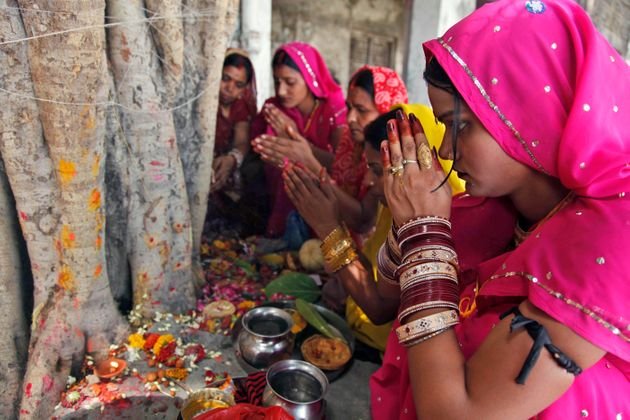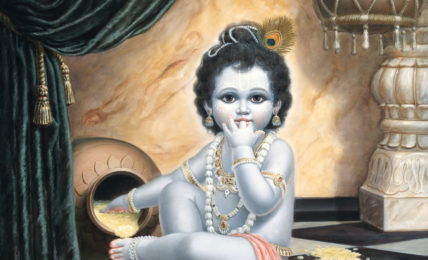Ancient religious practices of Sanatana Dharma and sustainable development
According to Rig Veda, the human body and bodies of all other living beings are made up of five elements Prithvi(The earth), Agni(Fire), Jal (Water), Akash (sky), and Vayu (air). We worship all these five elements. It is believed that the divine is not exterior but it is a natural phenomenon.




